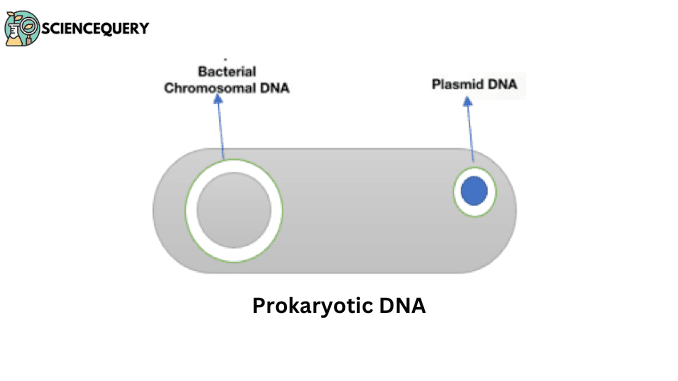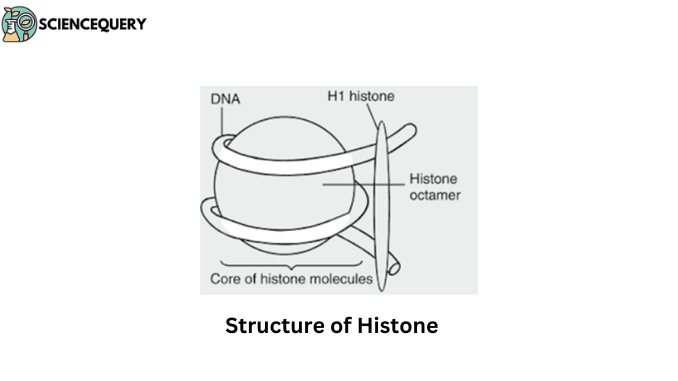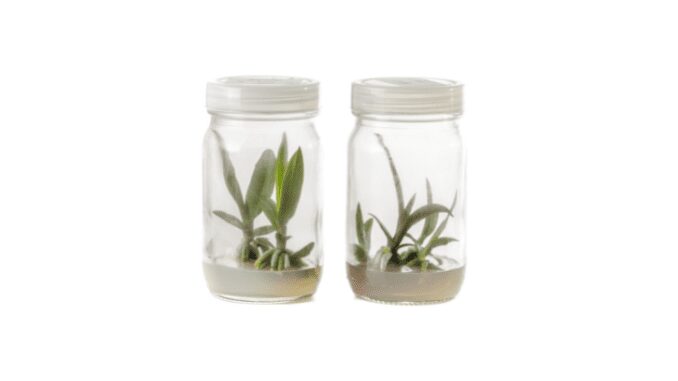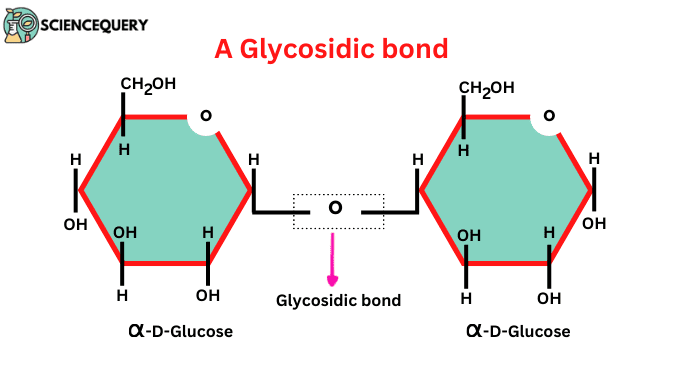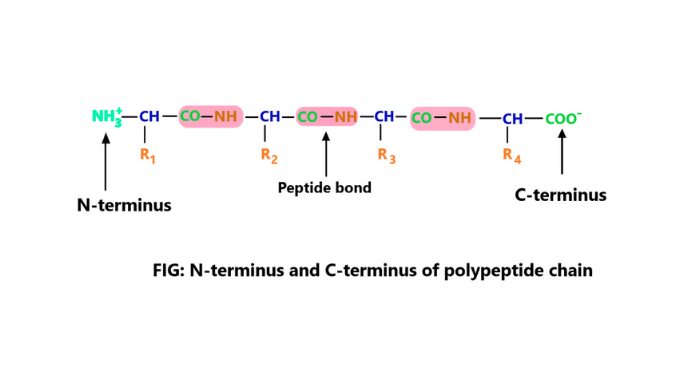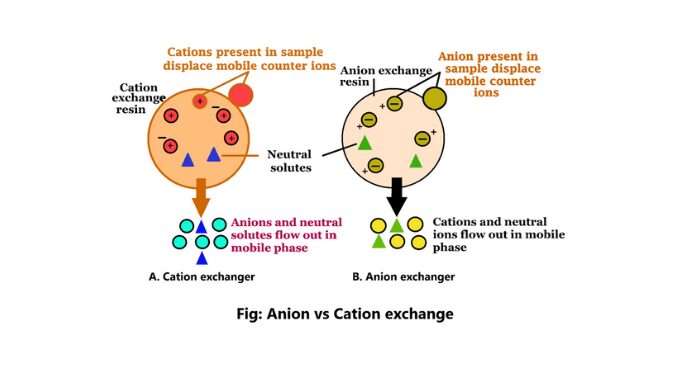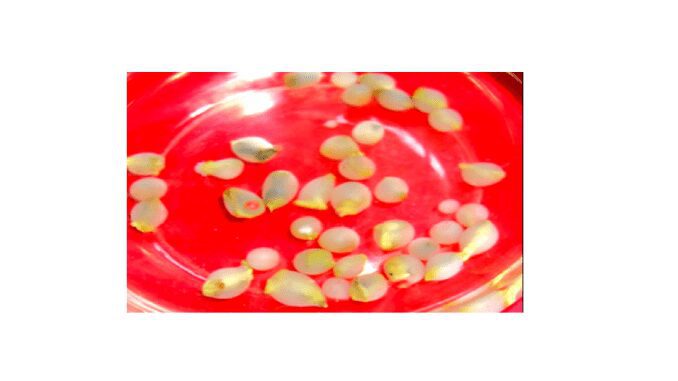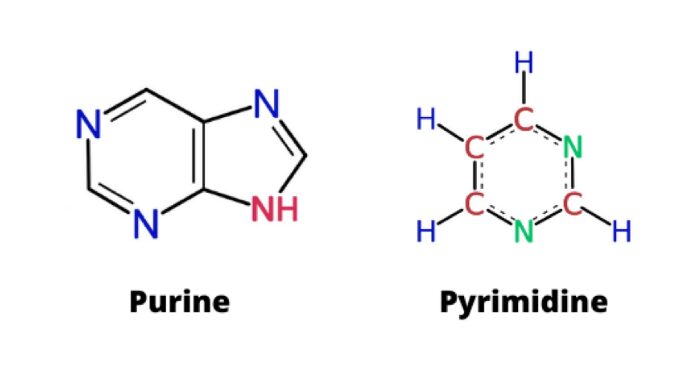What is prokaryotic DNA
Know in one minute about prokaryotic DNA The prokaryotic DNA found in the cytoplasm is usually circular and present in fewer amounts. It is naked without histone protein. It exists as single chromosome Apart from that additional plasmid DNA is also present. The compact mass of DNA is called the nucleoid. Non-coding introns absent with […]
What is prokaryotic DNA Read More »

